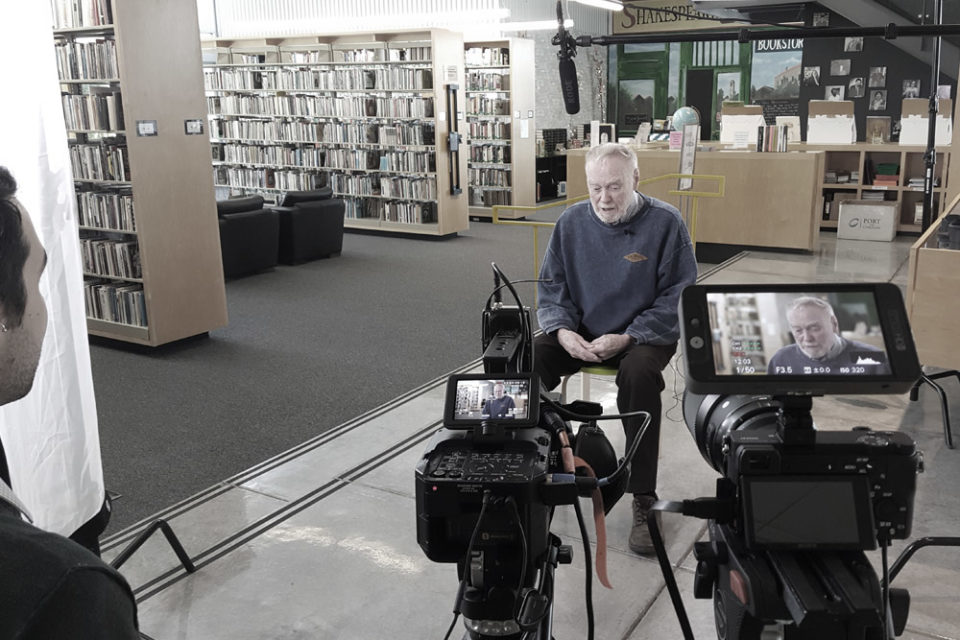A big percent of our productions include an on camera interview. They can provide an expert’s insights or a person’s first hand experience. These interviews typically create the narrative drum beat that the rest of the video is edited to. From a producer’s standpoint, you really need the interviewees to feel prepared, confident and comfortable on camera. For you interview participants, remember that good on camera presence is a team sport; everyone on set is trying to make the best “product” which includes making you look great. Follow these tips to make everyone’s job easier, including your own.
What to wear or not wear for your day on camera:
-Wear clothes that make you feel comfortable and confident. Form fitting solid colored clothes will help you stand out against your background and are less likely to look dated in the future.
-All white, black and red outfits can each cause different technical difficulties. White clothes can wash out your skin tone. Black outfits can make your body disappear into dark backgrounds. And bright red shirts will bounce light onto your face making it look flush.
-Don’t wear busy/tight patterns – these can cause moire effects on camera that are distracting to the viewer.
-If you wear glasses but contacts are an option, wear the contacts. Reflections from lighting equipment can be seen in glasses and may be a distraction to the viewer. A good lighting crew can work around them, but it will make things easier for everyone if you don’t have to wear them.
-Don’t wear noisy jewelry like necklaces or bracelets with charms or dangles that will clink against itself. It’s difficult to correct in post production and again, is a distraction to the viewer of the final product. You want the viewer focused on the message, not your lucky charms.
Considering your delivery:
-If your nerves are getting the best of you and make your speech accelerate, pause for a moment, close your eyes and focus on the color you see behind your eyelids. This is a quick way to settle the mind. You’ve been asked to speak on camera for a reason; demonstrate that confidence.
-Unless the piece you’re putting together is a documentary or something longer than 8 minutes, keep your answers 15-20 seconds long. Sound bites in this range will give the final edit good “flow” and help the overall project.
-Be open from the beginning to the possibility of restating your answers. Many people can feel embarrassed when asked to restate a sound bite in a different way. Keep in mind that an editor will always prefer to have options when trying to tell a good story while making you look your best.
-If you stumble, take a second to ground yourself, reset your facial expression to neutral or a smile, count to 2 in your head and begin again. Keep in mind rushing back into an answer is harmful to the editing process because you will likely have a different facial expression and vocal intonation, making for an awkward cut when the stumble is edited out.
-Be comfortable with silence between your statements. There is no need to fill gaps with ums and uhs. It’s best to take a pause to think your thoughts through, and put together a concise sound bite.
So there you have it. Some tips and tricks that will hopefully help you get better interview results. Do you have any other pointers for someone new to being on camera? Share them in the comments below!
Pixel Thick is a Phoenix, AZ based video production company.
